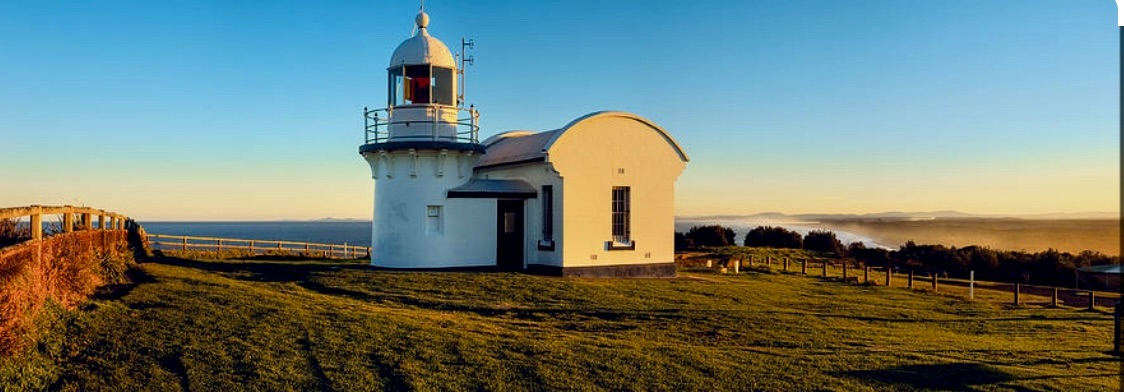
Location:
Crowdy Head Lighthouse stands on a prominent headland north of Harrington and south of Diamond Head on the New South Wales mid-north coast. The lighthouse is positioned to the north of the rivermouth of the Manning River and provides navigation guidance for vessels entering the river or traversing this stretch of the NSW coast.
Summary:
GPS: Lat: 31° 50′ S Long: 152° 45′ E
First Lit: 1878 (Automated and demanned 1920)
Tower height: 7.3 meters
Focal Height: 61 meters above sea level
Original Lens: Fourth Order dioptric lens
Range: 16 nautical miles
Characteristic: Two white flashes every 10 seconds [Fl (2)W 10s]
History:
Indigenous:
The area around Crowdy Head holds significant cultural importance for the Birpai (also spelled Biripi) people, who have maintained connection to this country for thousands of years. There is archaeological evidence, including middens and rock carvings that demonstrates a long history of Indigenous occupation and the headland served as an important lookout point as well as a hunting and gathering location for a variety of traditional foods.
Colonial:
The first station in the area was a pilot station was established in 1860 at Harrington to assist ships navigating the entrance of the Manning River which was an important trade route for the regions timber, dairy and fishing industries.
The colonial period saw increasing maritime traffic along this stretch of coast and the need for a lighthouse at Crowdy Head was recognised as part of the broader strategy to safeguard shipping along the NSW coast.

The Lighthouse:
The current lighthouse is the last of five lighthouses of similar design designed and built by James Barnet in 1878–80, the other four being Fingal Head Light, Clarence River Light, Tacking Point Lighthouse and Richmond River Light.
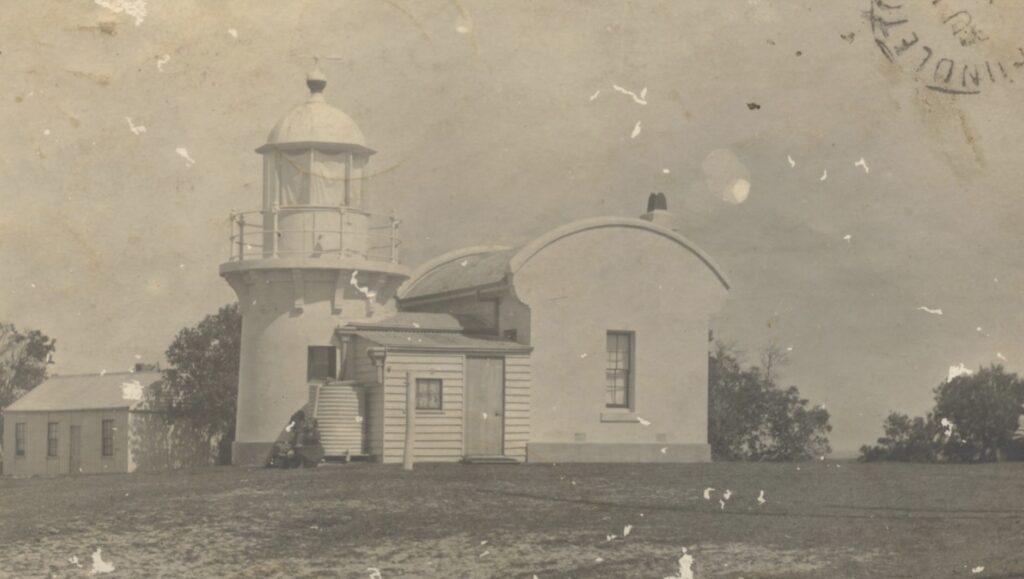
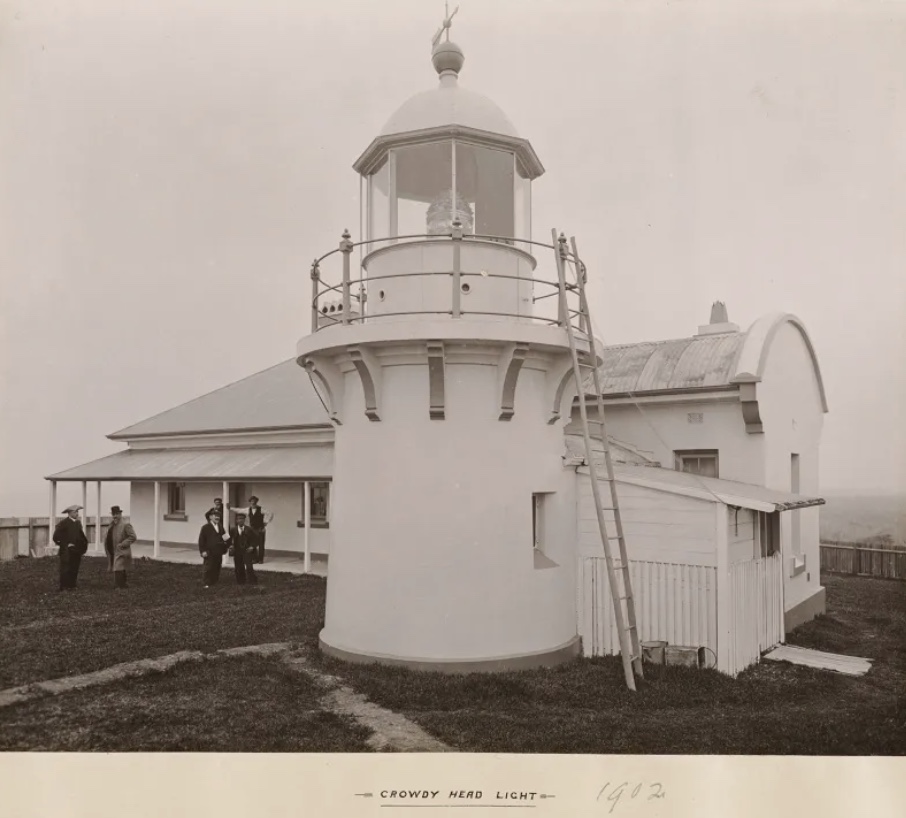
The Structure:
This lighthouse is an almost identical twin sister to the Tacking Point lighthouse at Port Macquarie and was one of the first set of small temples-of-the-winds style lighthouses built in NSW, marking a departure from the larger structures that had been built previously.
The circular tower is capped by an bluestone platform is supported by bluestone corbels. It can be reached by a metal staircase from the concrete slab which forms the ground floor. A porch connects the tower to a rectangular annexe which originally contained a duty room for the keeper and a store for fuel.
All the external walls of the structure are cement rendered and painted white. The tower is capped by a metal domed lantern room which encloses the optical apparatus.

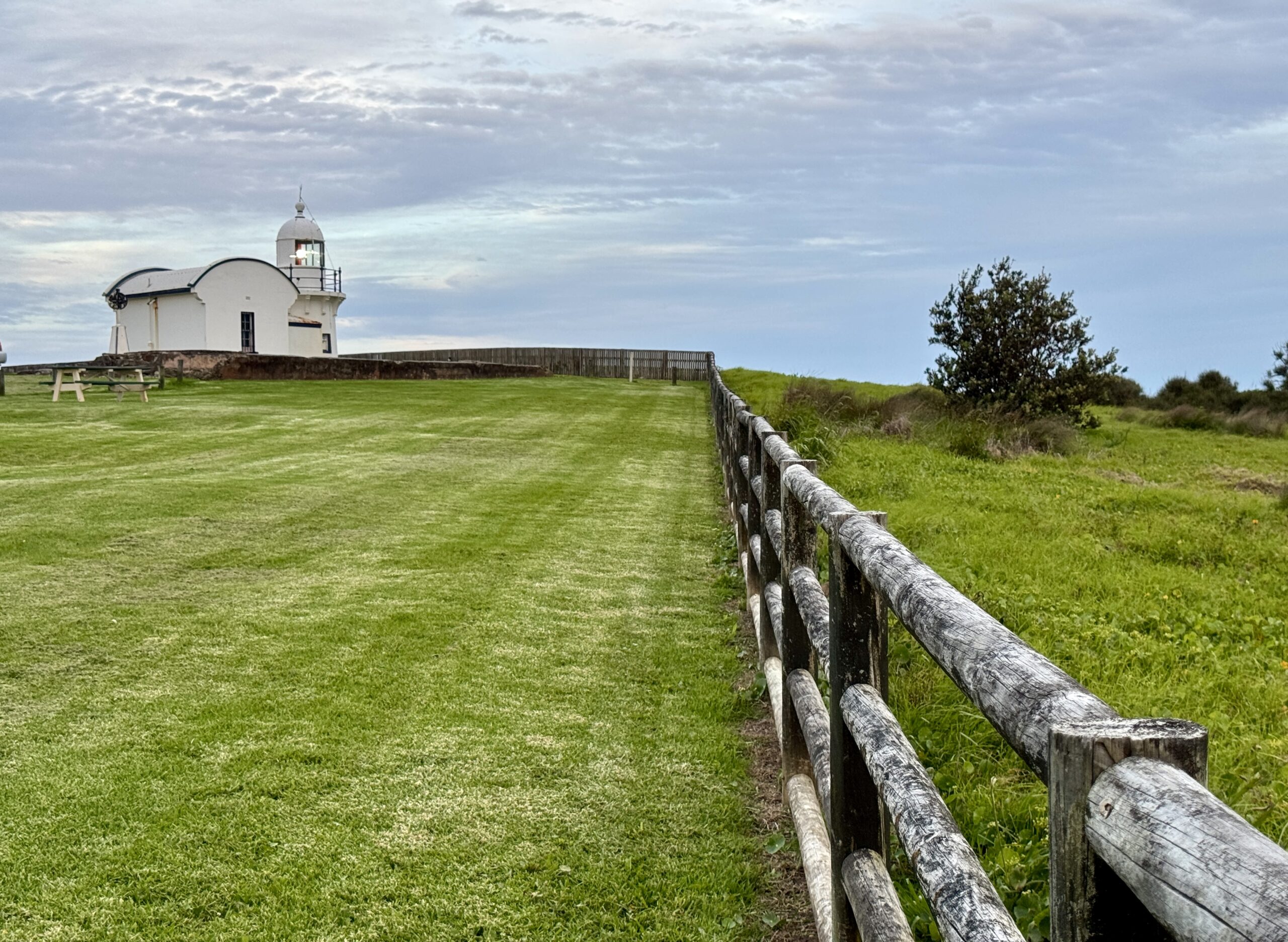
Technical Details:
The original light was a fixed white light from a 4th order catadioptric apparatus with an intensity of less than 1,000 cd. It was staffed by one keeper. In 1920 the apparatus was converted to a carbide lamp (acetylene gas) with an intensity of 1,500 cd. and the lighthouse automated and demanned.
As a result of decreasing coastal shipping traffic the pilot station was closed in the 1960s. In 1972 the light was converted to mains electricity. In 2002 the 4th order Fresnel lens was sold on eBay for $20,000, and is now on display at Sea Girt Lightin New Jersey. In 2021, conversion to an LED light source was completed with the addition of a Sealite SL-300 single tier high intensity beacon, with a range of 16 nautical miles.

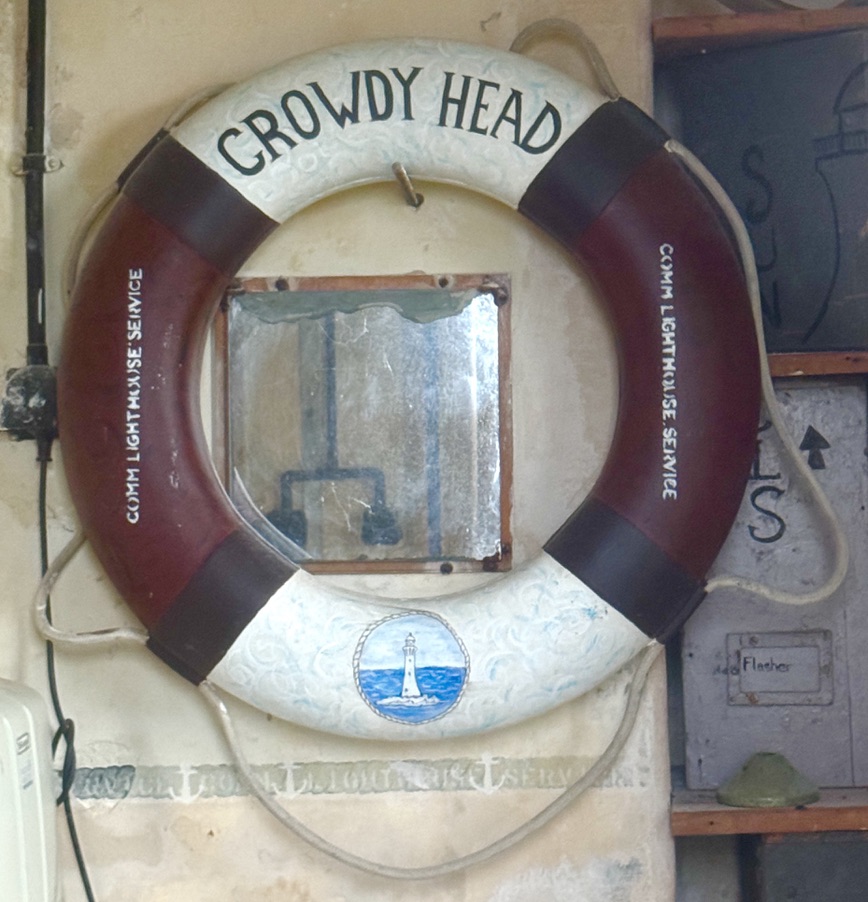
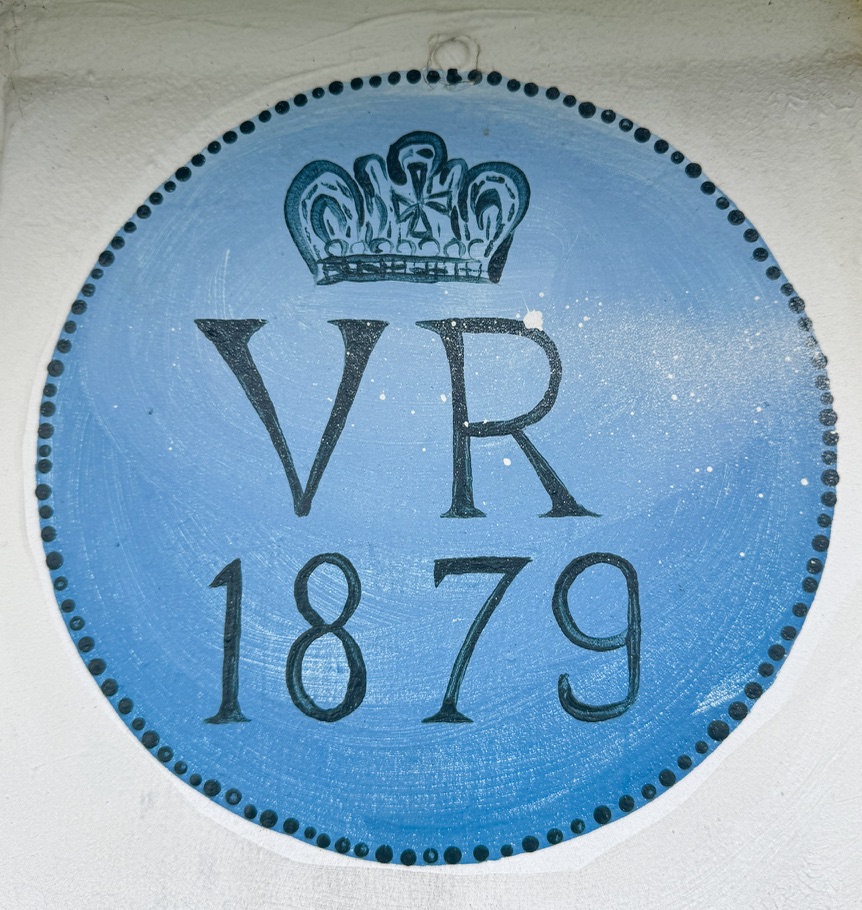
Keepers of the Light:
The first keeper was George Whitnall who had been a boatman at the Harrington Pilot Station. He lived here with his wife and three daughters who created an orchard around the residence. Originally there was no road between Crowdy and Harrington and for the first eight years of the lighthouse’s existence officials were unable to inspect it due to its inaccessibility. When they finally arrived they were amazed at the tropical undergrowth and its abundance of staghorns and ferns. They were equally amazed at Whitnall’s ingenuity in creating a chariot-like vehicle to move goods from Harrington to the lighthouse.2
The keepers cottage was demolished in 1920 but it’s foundations are still intact, adjacent to the lighthouse.

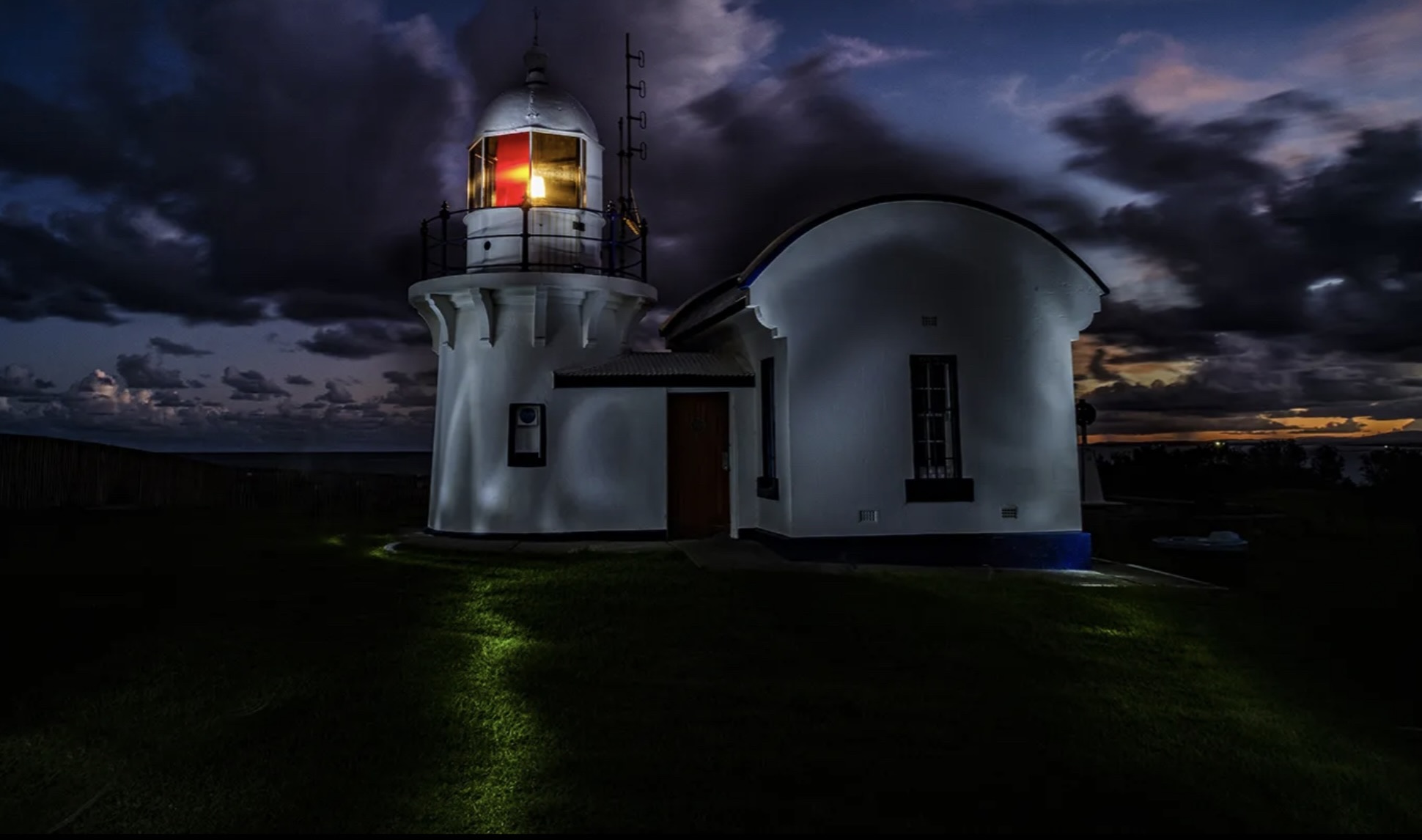
Shipwrecks & Tragedies:
The waters of the mid-north coast are notoriously treacherous and have claimed many ships since colonisation. Wrecks recorded in the Crowdy Head vicinity include:
- Brothers (8.1848): Wooden schooner, wrecked ashore in Crowdy Bay;
- Juno (24.10.1853): Paddle steamer, driven ashore 1 mile north of Manning River;
- Emily Ann (27.11.1864):Wooden schooner, capsised and wrecked at Manning Bar;
- Abbey (14.2.1868): Wooden schooner, wrecked 2 miles north of Crowdy Head;
- Barwon (15.2.1868): Wooden brigantine, disappeared in a gale near Crowdy Head;
- Raven (15.2.1868): Brigantine, wrecked 2 miles south of Crowdy Head;
- Cheetah (16.2.1868): Wooden schooner, wrecked 3 miles north of Crowdy Head;
- Susannah (16.6.1869): Schooner, driven ashore in Crowdy Bay;
- Ulmara (10.10.1872): Paddle steamer, driven ashore north beach, Manning River;
- Fire King (30.4.1873): Paddle steamer, swamped at Manning Bar;
- Go-A-Head (9.3.1875): Wooden ketch, wrecked on north spit at Manning Bar;
- Octoroon (22.2.1878): Schooner, abandoned and sank off Crowdy Head;
- Resolute (24.6.1868): ?, driven ashore in Crowdy Bay;
- Amy (21.9.1879): Wooden ketch, capsised and wrecked at Manning Bar;
- Atlanta (28.7.1882): Wooden schooner, wrecked north of Manning Bar;
- Shelbourne (14.2.1985): Wooden steamship, foundered 5 miles off Crowdy Head;
- Trusty (6.5.1885): Wooden schooner, wrecked north of Manning Bar;
- Emu (9.10.1888): Steamer, sprung a leak and driven ashore, Crowdy Bay;
- Isabel (6.5.1898): Schooner, wrecked in Crowdy Bay;
- Samson (24.12.1908): Paddle steamer, foundered off Crowdy Head;
- Iron Chief (1.4.1928): Iron steamer, ran aground on Diamond Head;
- Kooroongaba (1.1972): Paddle steamer ferry, grounded after breaking tow;


One of the more notable shipwrecks was of the SS Emu which was wrecked just north of Crowdy Head on 9th August, 1888, the remains of this ship are still visible at low tide on the Crowdy Bay beach
Myths & Mysteries:
For centuries watery sirens have lured sailors and their vessels onto Mermaid Reef 10 kilometres off the coast of Crowdy Head creating sadness and destruction. In 1878 the government fought these forces by erecting a lighthouse to warn ships of their impending doom.
One of the lighthouse’s unique features is the blood-red glass panel inserted into the lantern whose gleam illuminates the position of Mermaid Reef. Captains who find themselves bathed in red know they need to manoeuvre swiftly out of the sirens’ spell.
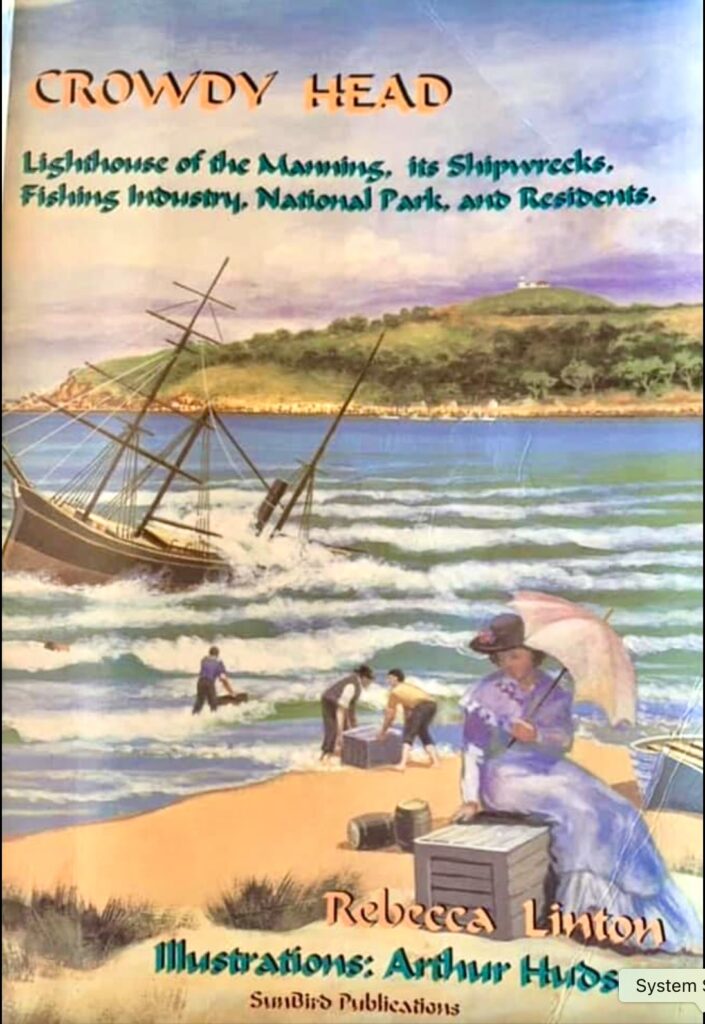
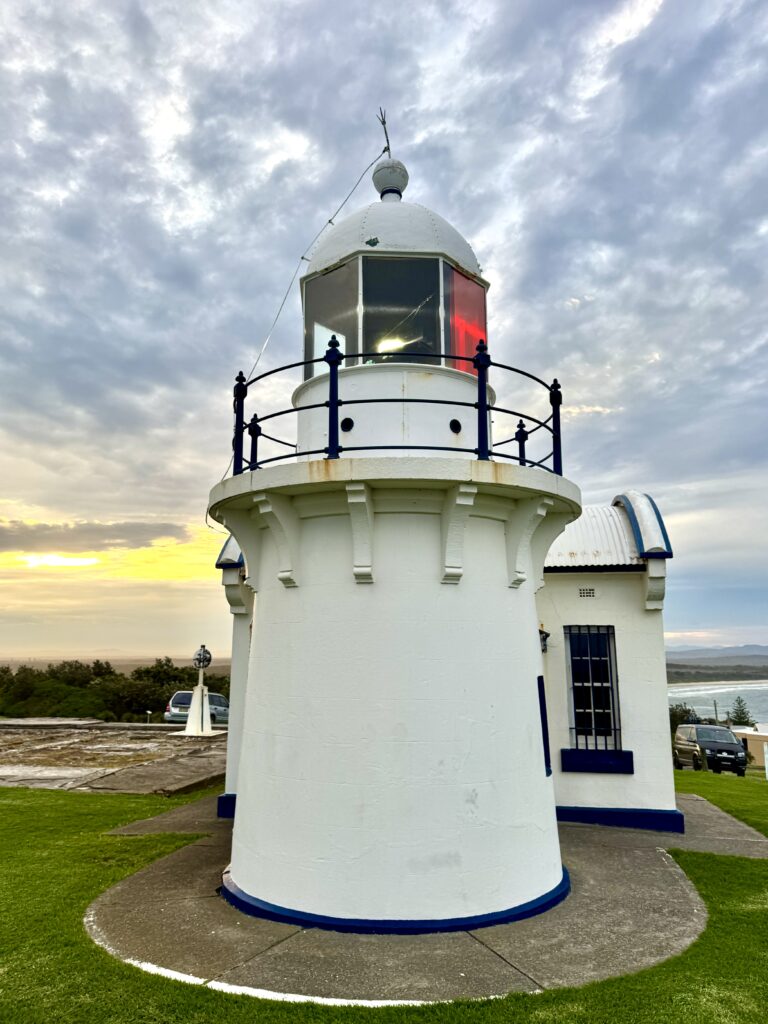
Current Status:
Crowdy Head Lighthouse continues to serve as an active aid to navigation, managed by the Australian Maritime Safety Authority and is on the register of the National Estate. Management of the lighthouse is shared by the New South Wales Department of Lands and Transport NSW.
